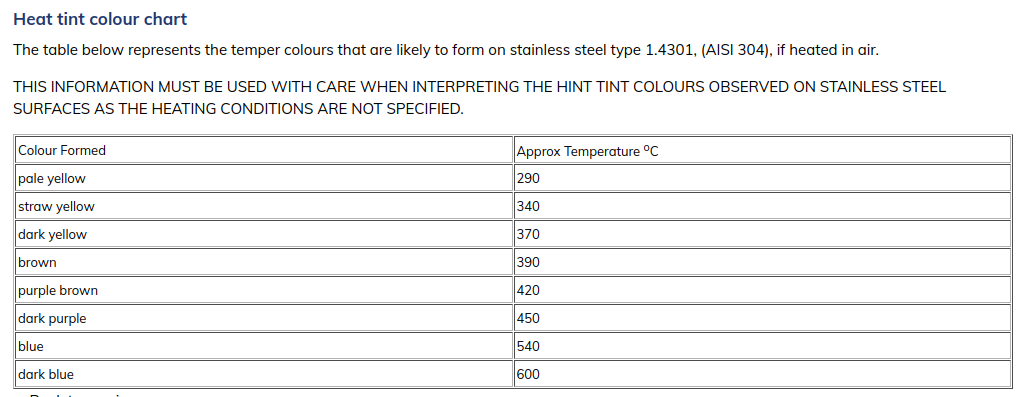

You’re welcome! 😊
All of this user’s content is licensed under CC BY 4.0.


You’re welcome! 😊


IDK if they’re “Fediverse specific”, but I love SSTF’s (@[email protected]) art.
Neo-neolithic? 😜


What benefit is there for that to be publicly viewable?


How were they caught? Did Wikipedia reveal user data to the authorities when prompted?


Could you please define exactly what you mean by “left-wing”?


[…] I’m not sure […] voting on each defederation is necessary. […]
My proposal does not include voting on cases of defederation.
I wonder if he’ll make a video (if he hasn’t already) on why he chose to switch to Linux; I’m quite interested to hear what made him decide to switch, and I’m also very interested to hear what issues, if any, he encountered along the way.


[…] [Hyprland] is made by a transphobe and a large part of the community is also […]
Do you have a source?
My comment wasn’t protesting the use of Signal; it was rather clarifying the misinformation in OP’s post — ie misinformation that Signal is a federated service.
Signal isn’t federated [1][2][3.1]; it’s decentralized [1][2][3.2]. Though, for all practical purposes, I would generally argue that it’s centralized.
Signal relies on centralized servers that are maintained by Signal Messenger. In addition to routing Signal’s messages, the servers also facilitate the discovery of contacts who are also registered Signal users and the automatic exchange of users’ public keys. […]
One of the controversial things we did with Signal early on was to build it as an unfederated service. Nothing about any of the protocols we’ve developed requires centralization; it’s entirely possible to build a federated Signal Protocol-based messenger, but I no longer believe that it is possible to build a competitive federated messenger at all. […] [interoperable protocols] [have] taken us pretty far, but it’s undeniable that once you federate your protocol, it becomes very difficult to make changes. And right now, at the application level, things that stand still don’t fare very well in a world where the ecosystem is moving. […] Early on, I thought we’d federate Signal once its velocity had subsided. Now I realize that things will probably never slow down, and if anything the velocity of the entire landscape seems to be steadily increasing.
An open source infrastructure for a centralized network now provides almost the same level of control as federated protocols, without giving up the ability to adapt. If a centralized provider with an open source infrastructure ever makes horrible changes, those that disagree have the software they need to run their own alternative instead. It may not be as beautiful as federation, but at this point it seems that it will have to do.
I think this is a very clever idea! Very cool! You mentioned that it was anodized to look like this [2]. The colors, to me, are reminiscent of the colors that steel produces when heated [1]. Is there any similarity in the process, or is this something completely separate?

[…] I’ve been experimenting with creating art by selectively anodizing titanium. […] This piece started off as a photo of a beach at sunset that I color mapped into the anodized Ti spectrum and printed.
A litteral gaze of raccoons.